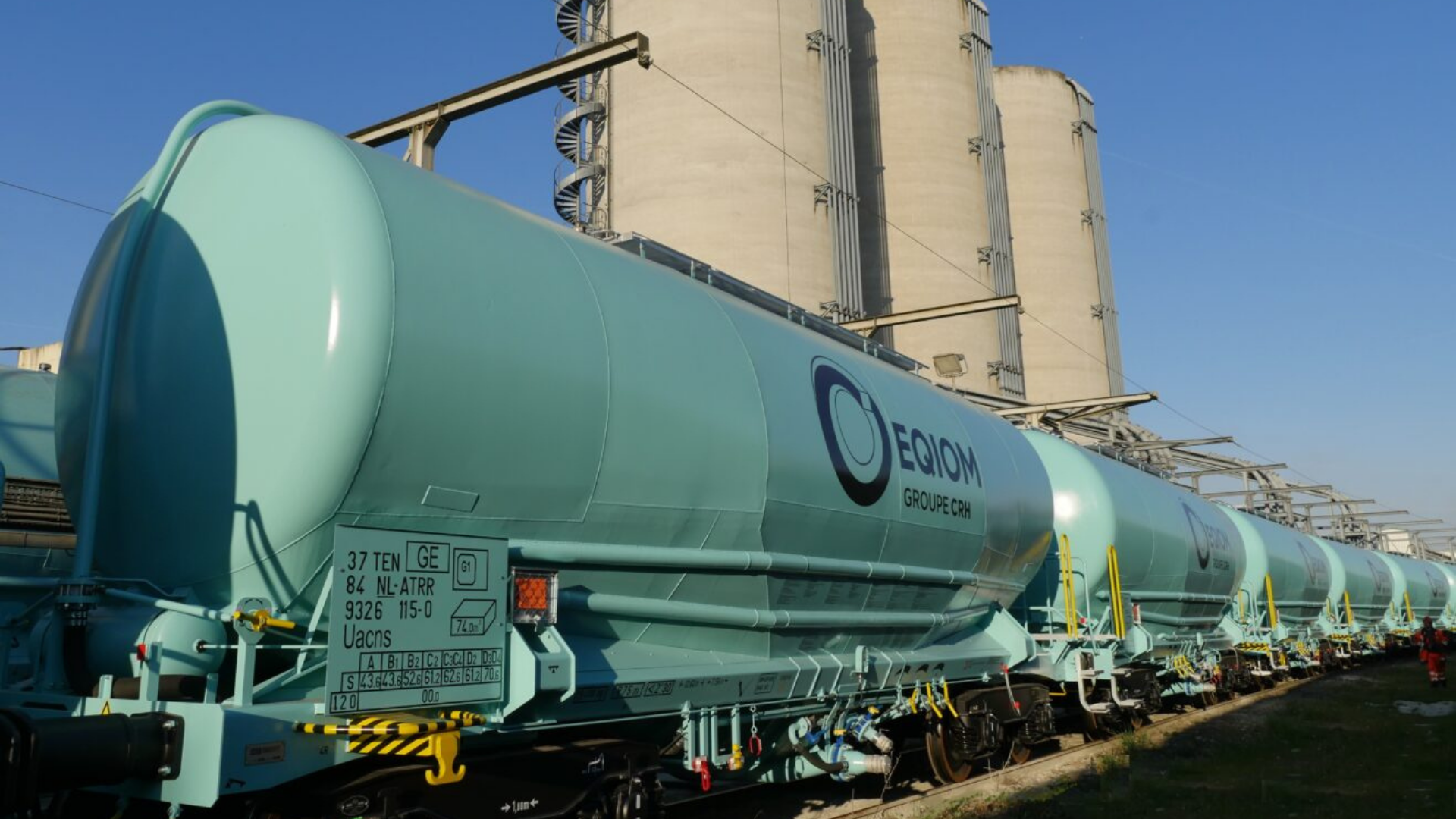WEBINAR - En route vers l'avenir : un guide pour la transformation digitale du transport ferroviaire de marchandises
En route vers l'avenir : un guide pour la transformation numérique du transport ferroviaire de marchandises - Comment les entreprises surmontent les défis et saisissent le potentiel de l'innovation




























.png)



.png)
.png)








.png)
_47647468.webp)


.png)
_47647493.webp)